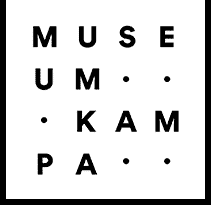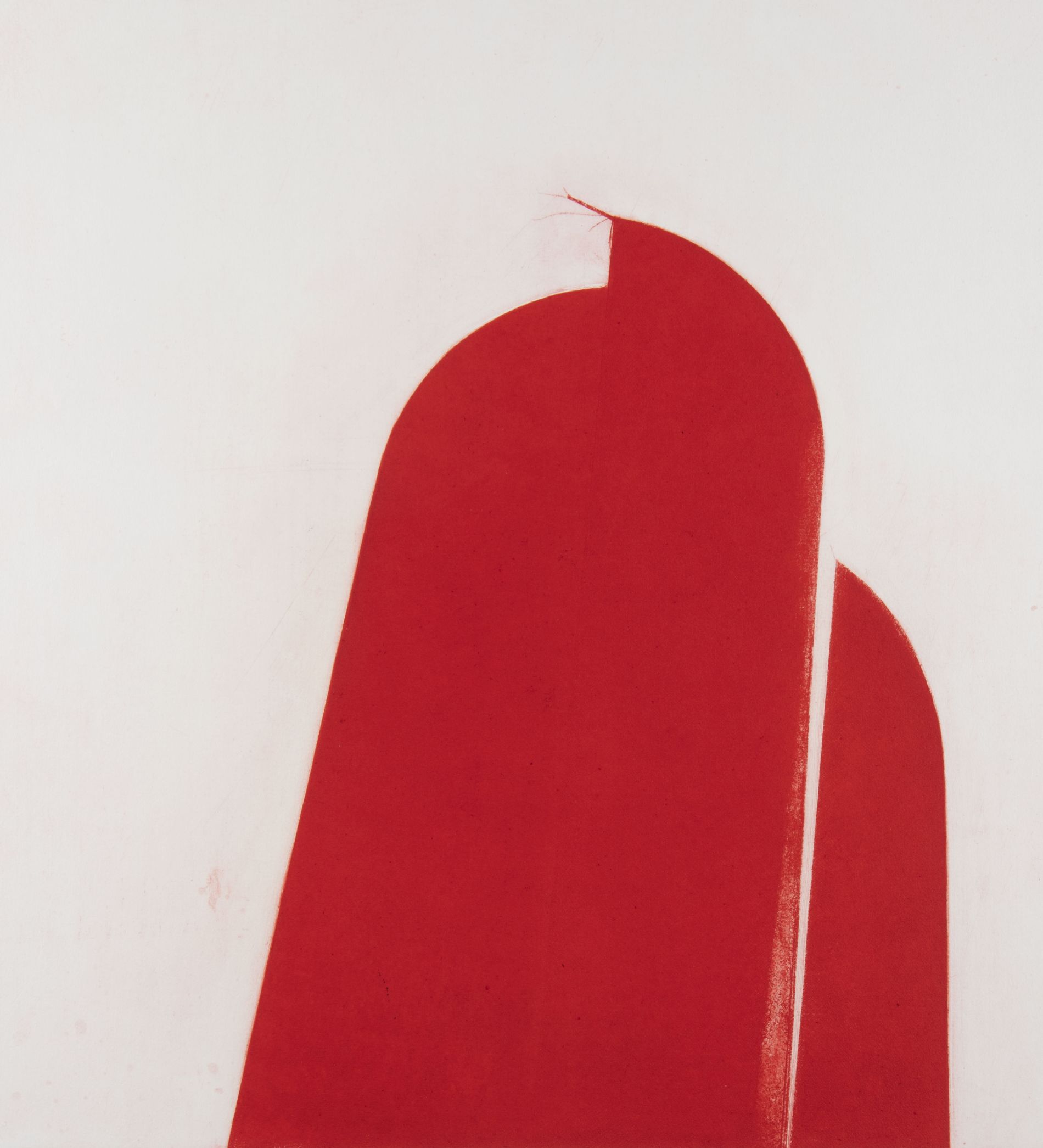Zdenka Rusová is a graphic artist, sketch artist, teacher, the first female professor of graphic art in Norway and first female rector of an art school in all of Scandinavia. Working in ink and pen drawing, as well as the graphic techniques of drypoint and etching, she has also tried other printing techniques and painting. In Norway, she sparked a great discussion about the possibilities of teaching, which led to the reform of the local art education.
She was born in Prague on 21 July 1939. In a number of interviews, Rusová says she was born with Hitler and grew up with Stalin. She graduated from UMPRUM in the studio of Antonín Strnadel, specializing in book illustration. The first important exhibition of Zdenka Rusová’s work was organized by Jaromír Zemina in October 1966 at Galerie mladých. Her first exhibition at the Galerie mladých in 1966 was seen by Ole Henrik Moe, a Norwegian art critic and later director of the Henie Onstad Kunstsenter in Høvikodden, who recommended the artist to obtain her first grant for a stay in Norway. She was enchanted by this northern country, with its rugged landscape and sea on the distant horizon, and in 1970 she returned there to settle permanently. In the interim period, she continued her education at the academy in Stuttgart.
In Czechoslovakia, she made paintings of ambivalent female heads with mysterious smiles, and worked on print graphics revolving around circus motifs. In 1967, she created an extensive series of graphic prints featuring female heads in various in profile, some broken and others ‘unlaced’. Following this series, she drew heads without hair, and that appeared rather like lumps growing from the shoulders.
In her Norwegian stage, she created abstracted paintings, adding red to the monochrome black of her earlier graphics. The main figures embody opposing principles, man and woman, freedom and dependence, growth and decay, at times moving towards one another, at others shrinking away. They penetrate one another to form a single shape, or exist without contact on a white surface. While the bottom of the frame is animated by the interpenetration and germination of forms, the upper section remains empty, ready to receive whatever grows from below. Around the year 2000, she began creating drawings of generalized landscapes, some quiet and others expressive, combined with reduced female profiles. Zdenka Rusová lives in Oslo.

